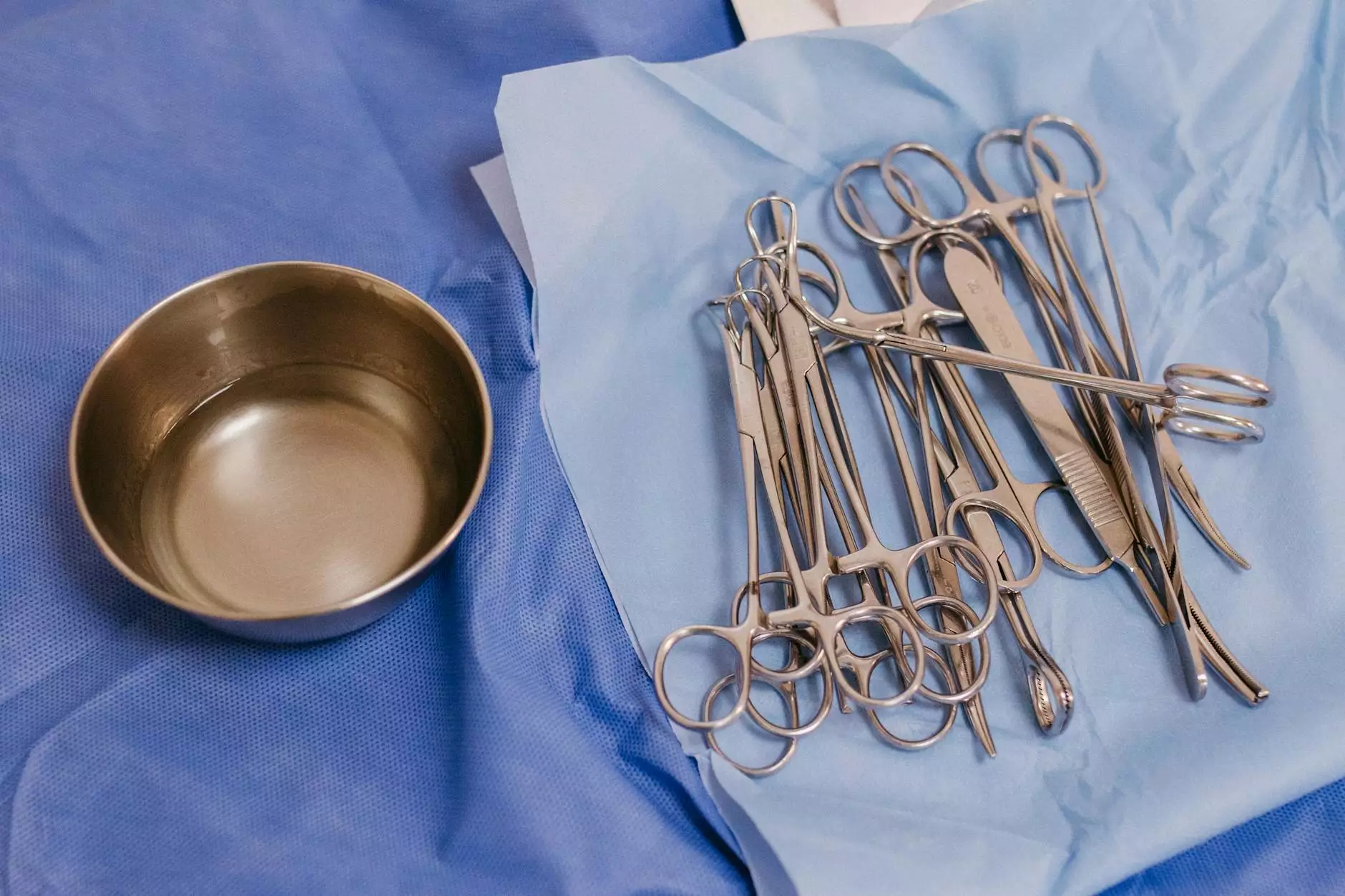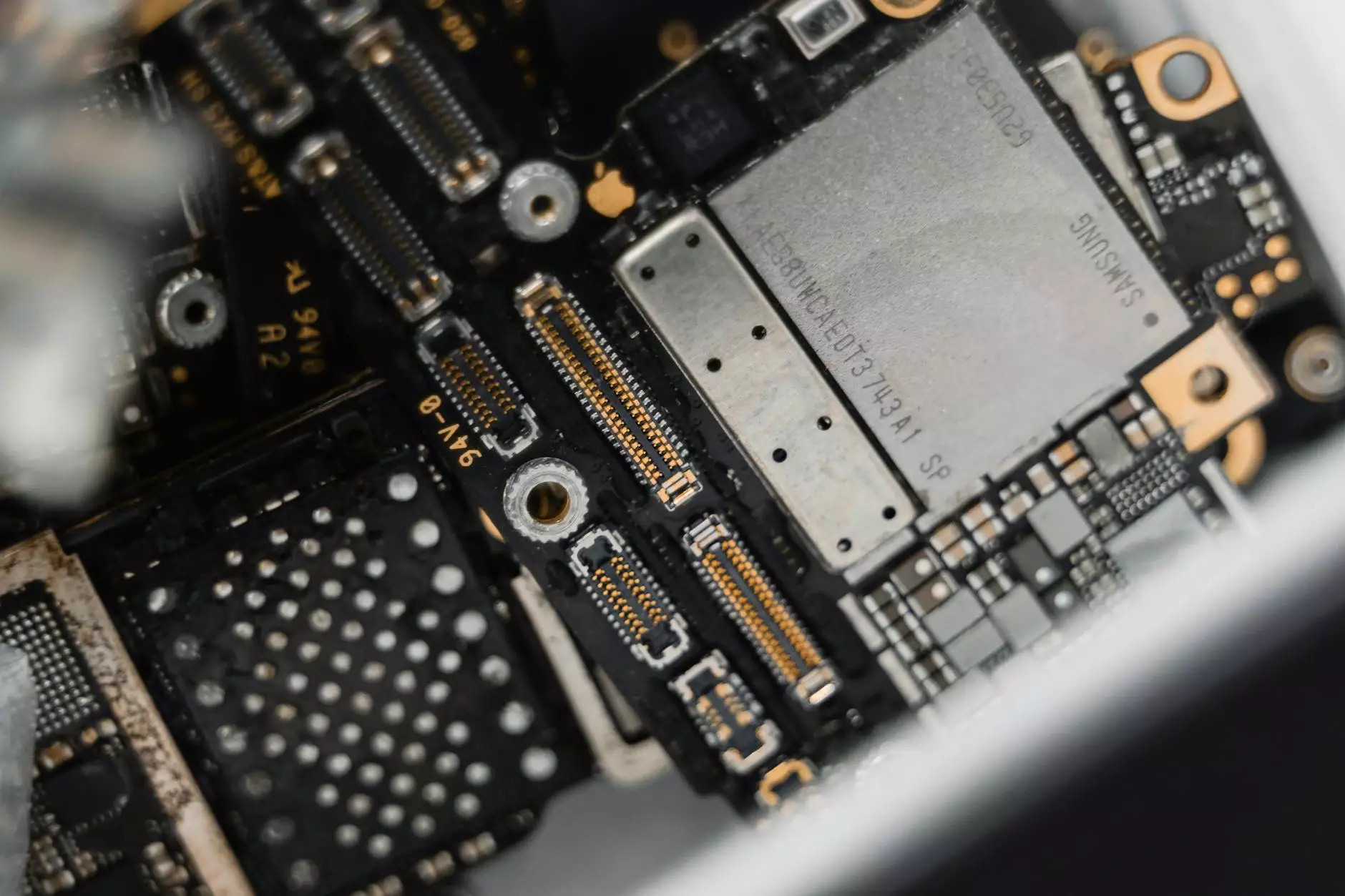Understanding Endometriosis Excision Surgery: A Comprehensive Guide

Endometriosis is a common yet often misunderstood condition that affects millions of women worldwide. Characterized by the growth of tissue similar to the lining inside the uterus, it can cause a range of debilitating symptoms, including chronic pain, heavy menstrual bleeding, and infertility. One of the most effective treatments for severe cases of endometriosis is endometriosis excision surgery. This article delves into the intricacies of this procedure, providing insights into its purpose, methodology, recovery, and much more.
What is Endometriosis?
Endometriosis occurs when tissue similar to the endometrium grows outside the uterus. Common locations include:
- Ovaries
- Fallopian tubes
- Pelvic lining
- Other organs in the pelvis
This abnormal tissue can lead to significant inflammation, scar tissue, and adhesions, contributing to chronic pelvic pain and other symptoms. Understanding this condition lays the foundation for recognizing the necessity of surgical intervention in specific cases.
What is Endometriosis Excision Surgery?
Endometriosis excision surgery is a surgical procedure that involves the precise removal of endometrial tissue that has grown outside the uterus. Unlike ablation, which destroys the tissue, excision involves cutting out the tissue entirely, promoting more effective long-term relief from symptoms.
Why is Excision Preferred Over Other Treatments?
While various treatments for endometriosis exist, including hormonal therapies and less invasive procedures, excision surgery is favored for several reasons:
- Complete Removal: Cutting out the tissue can lead to a more definitive solution compared to other techniques.
- Lower Recurrence Rate: Studies show that excision has a significantly lower rate of symptom recurrence compared to ablation methods.
- Improved Fertility Rates: For women seeking to conceive, excision surgery can enhance fertility outcomes by removing obstacles to conception.
Who Should Consider Endometriosis Excision Surgery?
Not every individual with endometriosis will require surgery. However, the following situations may indicate the need for excision:
- Severe pelvic pain not alleviated by medications
- Endometriosis affecting fertility
- Presence of large endometriomas (cysts on the ovaries)
- Significant bowel or bladder involvement
The Procedure: What to Expect
Initial Consultation and Diagnosis
The journey towards excision surgery typically begins with a thorough evaluation by an experienced specialist, such as Dr. Seckin, who is known for his expertise in treating endometriosis. This consultation may involve:
- Medical history review
- Pelvic examinations
- Imaging tests, such as ultrasounds or MRIs
- Laparoscopy for direct visualization of the pelvic organs
Preparing for Surgery
Once deemed a suitable candidate for endometriosis excision surgery, your doctor will provide specific pre-operative instructions. This may include:
- Avoiding certain medications prior to surgery
- Fasting the night before the procedure
- Arranging for post-operative care and transportation
The Surgical Procedure
Endometriosis excision surgery is typically performed under general anesthesia. The procedure may utilize one of two main methods:
- Laparoscopic Surgery: This minimally invasive technique involves small incisions and the use of a camera to guide the removal of endometrial tissue.
- Laparotomy: In more severe cases, a larger incision may be necessary for better visibility and access for excision.
During the surgery, any visible endometrial implants are carefully excised. The surgeon will also address any adhesions or scar tissue, aiming for comprehensive treatment of the issue.
Post-Operative Recovery
Recovery from endometriosis excision surgery varies from patient to patient, but here are some common experiences:
- Initial pain management is essential, typically involving prescribed medications.
- Most patients can return to light activities within a week, while full recovery may take several weeks.
- Follow-up appointments are crucial to monitor healing and address any concerns.
When to Seek Medical Attention
During recovery, watch for signs that may require medical attention, such as:
- Excessive bleeding
- Signs of infection (fever, increased pain)
- Severe gastrointestinal symptoms
Benefits of Excision Surgery
Patients often experience notable improvements following endometriosis excision surgery. Key benefits include:
- Decreased pain levels and improved quality of life
- Increased fertility potential
- Long-lasting symptom relief with lower chances of recurrence
Real Testimonials from Patients
Many individuals who have undergone endometriosis excision surgery report transformative experiences:
"After years of suffering and countless visits to doctors, my excision surgery was a game-changer. I finally have my life back!"
— Sarah T.
"The relief was immediate. Not only did my pain diminish, but I was able to conceive shortly after surgery!"
— Emily J.
Conclusion
Endometriosis excision surgery stands as a beacon of hope for those suffering from this challenging condition. With advancements in surgical techniques and a growing understanding of endometriosis, patients can find relief and regain control over their lives. If you are struggling with endometriosis, consider consulting a specialist like Dr. Seckin, who is dedicated to providing personalized and comprehensive care. Your path to a pain-free life may just be one consultation away.
Next Steps
If you believe you might benefit from endometriosis excision surgery, do not hesitate to seek help. Contact a qualified healthcare provider today to discuss your symptoms and explore your treatment options. Remember, you are not alone on this journey, and effective treatment is within reach.









